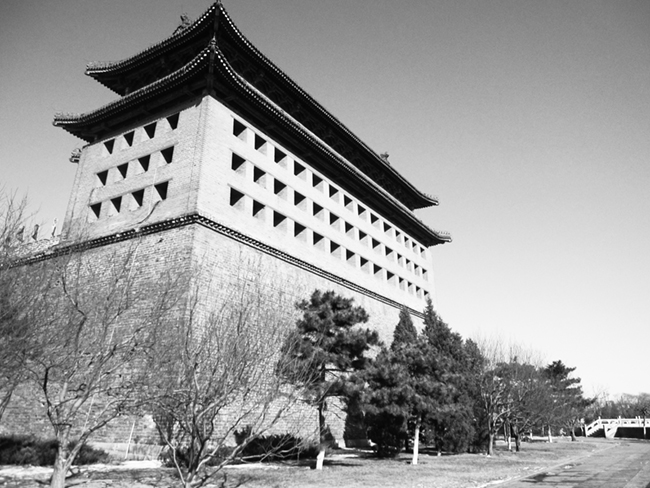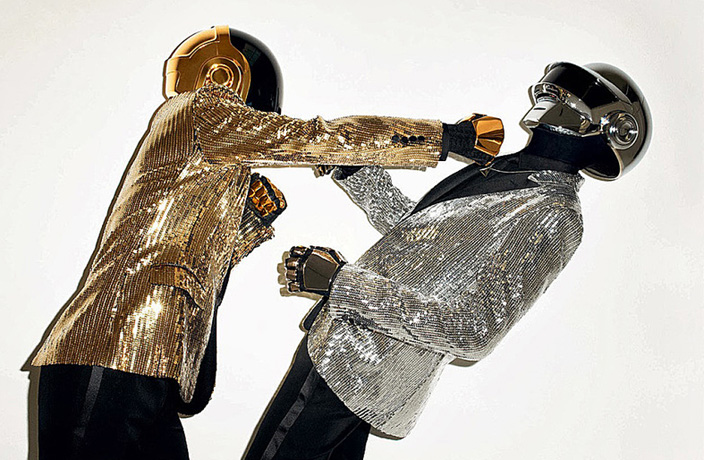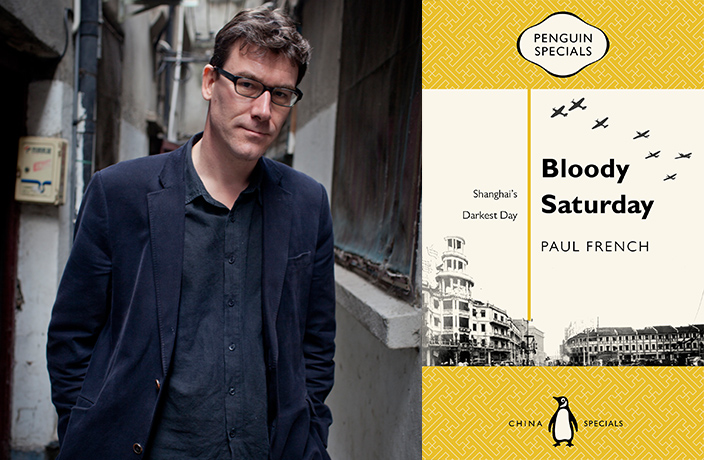Paul French thinks today’s foreigners in China today don’t know how to have fun.
The bestselling author of Midnight in Peking – the nonfiction tale of the 1937 murder of Englishwoman Pamela Werner – is back with a new book on 20th-century China’s seedy underbelly. But this month, his focus moves further south, with City of Devils: A Shanghai Noir, chronicling the Gangs of Old Shanghai.
French gives That’s an exclusive preview of his new book, but Shanghai doesn’t steal all the spotlight this month. French will be in the capital this month as part of the Bookworm Literary Festival, and will also hold special editions of his Midnight in Peking walking tour (see event details below).
We chat with French about the new book, his collection of rare China photos and the laowai of decades past.

That’s: Many of the people in your books are, well, seedy – Midnight in Peking is about tracking down a murderer, and City of Devils is all about gangs. Why are you drawn to unconventional characters?
PF: In my research, [I find] there are foreigners and diplomats and businessmen and dignitaries – but there are also crooks and criminals and gangsters. Particularly Shanghai, because it was such an international city and the rules were totally different – I think it was one of the wildest cities on Earth. In the 1920s and ’30s, if you think something is bad, it probably happened in Shanghai. It was a haven for people on the run – and it was way wilder than anything today.
What interested me with Midnight in Peking was there was this smaller version of it in Beijing, which nobody had written about at all. When you tell people you’re doing a book about 1930s Shanghai, they immediately think opium, jazz, guns. But if you say Peking, people don’t think that. It surprised me – I’ve been looking into the foreign underbelly in China for some time, but to find all of that going on in Beijing was quite amazing, because that’s been completely lost in the history books.
Why did you choose to write about the early 20th century?
What makes that period so fascinating is that it all ends so badly. It’s a dance on the rim of a volcano. It doesn’t matter what you do – it’s going to end with the Nazis and the Japanese. Whatever these people were doing, they were doing it all in the last 10 minutes of an era. Once we get to Pearl Harbor, we never go back to a Shanghai – or a Beijing – the same as before.
Do you think that era fueled the bad behavior you chronicle in your books?
Oh yeah, I think people were very aware. Don’t forget – particularly when I’m talking about Shanghai – most of the people that were there had either run away from America because the Depression was so awful, or they were forced – they were statesless. There were Jews that had to leave Europe, and there were Russians who had to leave Russia after 1917. These people don’t have anywhere to go, so Shanghai’s just it. People know that the end is coming, and that they’ve got to make as much money as they can, and party as much as they can, before the sh*t hits the fan.

What inspired you to write about foreigners in Shanghai in the first place?
My great-grandfather was with the Royal Navy in Shanghai, and he used to tell me about that. He had Chinese tattoos all over him. And my father was always a big fan of art deco and modernist architecture, so Shanghai always featured quite heavily in the books he had.
Do you see any similarities between the foreigners you wrote about in the 1920s and 30s, and the foreigners in China today?
It’s impossible to describe how boring the foreign population is today! Diplomats are bland now compared to diplomats then, the Christians are not as Christian as the Christians were then, the gangsters… you know, we don’t really have any gangsters.
Even if you were to measure the amount of alcohol consumed, the amount of drugs consumed, the amount of women and men slept with – we don’t compare at all, we’re a pathetic generation! We don’t have the faintest idea of how to enjoy ourselves.
I find that it’s very difficult for people to accept that everything they’ve done was already done 100 years ago. You come to China and you feel as though you’re doing something different, but it’s humbling that 100 years ago someone was doing exactly the same thing – only it took three months to sail home and there weren’t any foreign hospitals.
How was writing City of Devils different from writing Midnight in Peking?
Midnight in Peking is very straightforward in that it’s one murder, and you’ve just got to solve it. City of Devils is the story of several people and whole loads of things going on – people are setting up casinos and nightclubs, and shooting each other, and going into gang wars. That’s why I’ve subtitled it ‘A Shanghai Noir,’ because it’s about that whole world, that time. It’s more of a milieu, a big landscape.

You’re doing a Midnight in Peking walking tour this month. How have the sites you mention in the book held up over the past century?
The really weird thing about that book, given the destruction of Beijing in the last 30 years, is that most of the places [mentioned] are still there. It’s pure serendipity that these places are still in existence. Whereas the new book I’ve just done down in Shanghai, not one of them.
Some bits and pieces have disappeared, but Armor Factory Alley, Kuijiachang Hutong, still hangs on. The Fox Tower, at Dongbianmen, is the only watchtower that’s left of the original four. The old Badlands of Peking is still there, and it’s pretty unlikely that they’re going to knock down the old train station, which is the railway museum at Qianmen, or anything in the Legation Quarter.
Hopefully [the tour] helps people see the city from a different angle. I’m always shocked and stunned by how many people have lived in Beijing for a long time and have spent no time in the old Legation Quarter. If you go on the weekend, it’s just deserted.
Imagine if, in the center of London or New York, there was a square mile of original Qing dynasty architecture – wouldn’t it be, like, the largest tourist attraction in the world? And here there’s all this genuine early 20th-century European architecture and gardens, and one of the most beautiful double spiral churches in Asia, and it’s deserted!
Your Instagram is incredible – all these amazing photos from 20th-century China.
I’ve been collecting postcards and photographs for 20 or 30 years – before anyone had thought of Instagram, so I’d never had anything to do with them. Before, I’d just kept them all in boxes, and maybe gotten them out to show friends.
What’s next for you?
The next book I’m doing is on Shanghai after the Second World War. I never lived in Beijing, which is why I had to write City of Devils, really – because though I lived in Shanghai and was a fan of Shanghai, I ended up writing a book about Beijing, and I’m sort of associated with it now. I prefer Shanghai as a place to live, but there’s also a lot going on in Beijing. There were a lot of stories in Peking – and I still have some more.

Bespoke Beijing and Penguin Books will offer author-led Midnight in Peking Walking Tours on Sat Mar 24, Sat Mar 31 and Sun Apr 1. The Mar 24 and Apr 1 tours come with a four-course meal and wine pairing with the author at Beijing Hotel NUO, Changan Jie (RMB1,288, RMB1,000 before Mar 3); the Mar 31 does not include dinner (RMB488, RMB400 before Mar 10). To purchase, email info@bespoke-beijing.com or call 15101679082. French will also host a talk about his book, City of Devils: A Shanghai Noir, at the Bookworm Literary Festival, on March 21 and March 22.
French will also be one of the featured authors at Shanghai Literary Festival 2018 at M Glam on March 15 at 6pm and March 17 at 12pm. See event listings here and here.
He will be at the Bookworm in Suzhou on March 19, see event listing here.





















0 User Comments